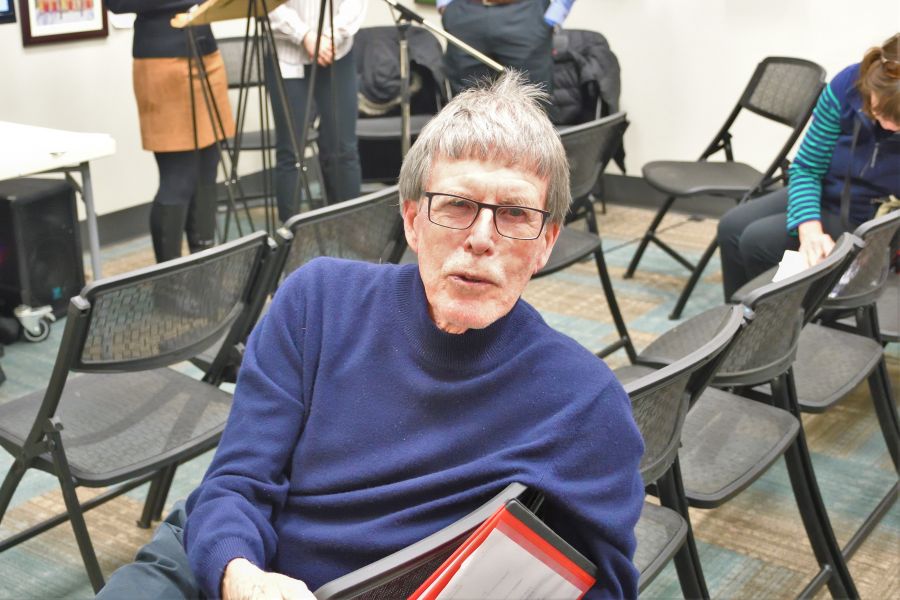Statistics suggest as many as 300,000 Americans and Canadians suffer from a sudden cardiac arrest out of hospital and roughly half can be resuscitated with reasonable recovery and little or no loss of function.
Unfortunately, the other half aren’t so lucky, because help is not at hand or too late, or even with help, those with pulseless tachycardia (too high a pulse rate to maintain cardiac output) or ventricular fibrillation (chaotic contractions with no cardiac output) often don’t respond well to resuscitation including electroshock treatment.
A Canadian study led by the University of Toronto, working with similar centres in London and Ottawa, suggests there is a better way.
They proposed changing the shock protocols to one which repeated the shock at a short interval or, alternatively, changing the path taken by the stimulus current through the heart by moving the lateral chest pad to the back of the chest.
Both protocols significantly improved the chance of patients surviving to discharge, but the brains of those patients who received the double-shock technique recovered better than those in whom the stimulating electrode was moved.
As you might expect, outcomes following cardiac arrests depend very much on the overall health of the patient, their cardiac health and, especially, the time between arrest and resuscitation.
New studies suggest the latter interval may be more fluid than we previously thought.
I was taught the timeframe was short for positive outcomes with ischemic strokes involving the brain and heart attacks caused by a coronary or arrhythmias causing a significant drop in pumping of the heart. For the brain, it could be as little as a few minutes before irreparable damage was done.
Experience in the last decade suggests that interval may be much longer for ischemic strokes because it depends so much on whether, and to what extent, adjoining vessels can make up part or all of the shortfall.
Then in 2019 investigators showed that pig brains severed from their bodies in slaughterhouses managed to survive four hours without any blood flow.
As well they partially recovered some nerve cell functions if circulation was re-established using a pulsatile pump, an acellular hemoglobin molecule to oxygenate the tissues and a brew of other drugs to suppress inflammation, which so often adds to the tissue damage caused by ischemia.
In 2022, the same group studied anesthetized pigs after their heart was stopped. Following one hour without any circulation, the circulation was restored using a similar pulsatile pump and a similar acellular hemoglobin was used to oxygenate the tissues together with dialysis to maintain electrolyte levels in the blood.
And not only did organs such as the heart and kidneys survive but genetic studies revealed genes favouring recovery were activated while those that favoured cell death were reduced.
The point of the pig studies in the case of heart attacks and stroke is that tissue can survive ischemia longer than we thought. As well, they showed that restoring circulation artificially coupled with a perfusate containing an acellular haemoglobin molecule which doesn’t clot may be necessary along with an anti-inflammatory cocktail to extend the window of recovery in heart attacks and devastating ischemic strokes.
Putting all of these strategies together in a clinical setting is another matter and likely a long way off.
But the methods used in pigs offer a new way of thinking about restoration of brain and other organ functions in the face of ischemia and given how devastating ischemic of the heart and brain can be, well worthwhile in my judgment, however weird the protocols in pigs may seem.
In short, hope, but not soon.
Dr. William Brown is a professor of neurology at McMaster University and co-founder of the InfoHealth series at the Niagara-on-the-Lake Public Library.










